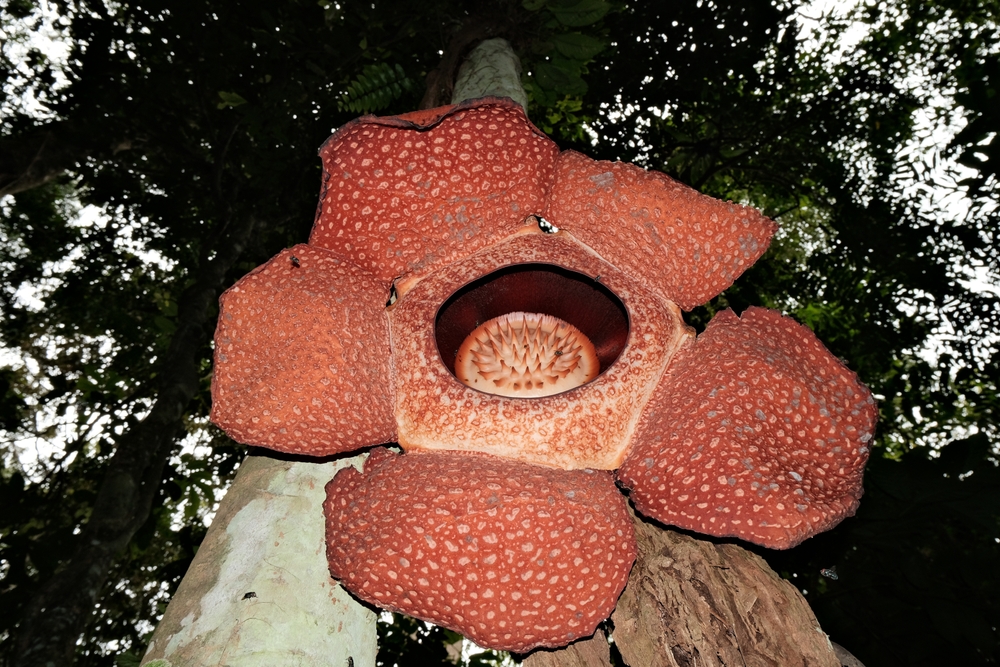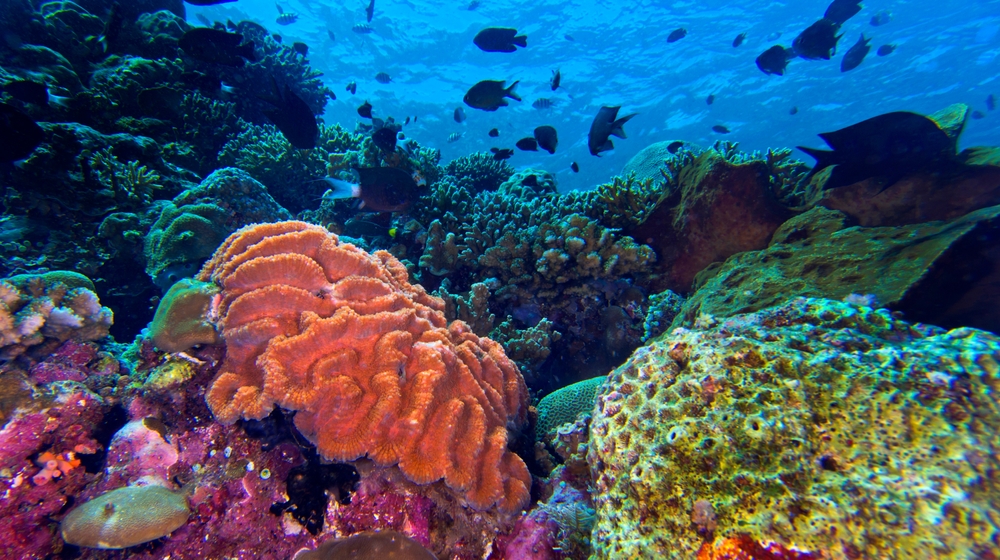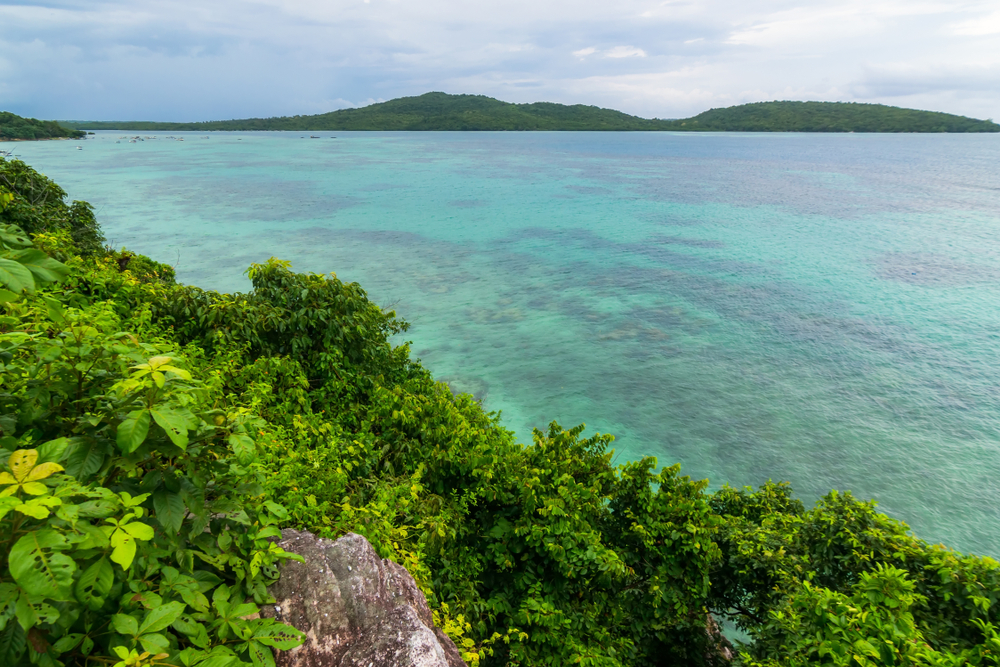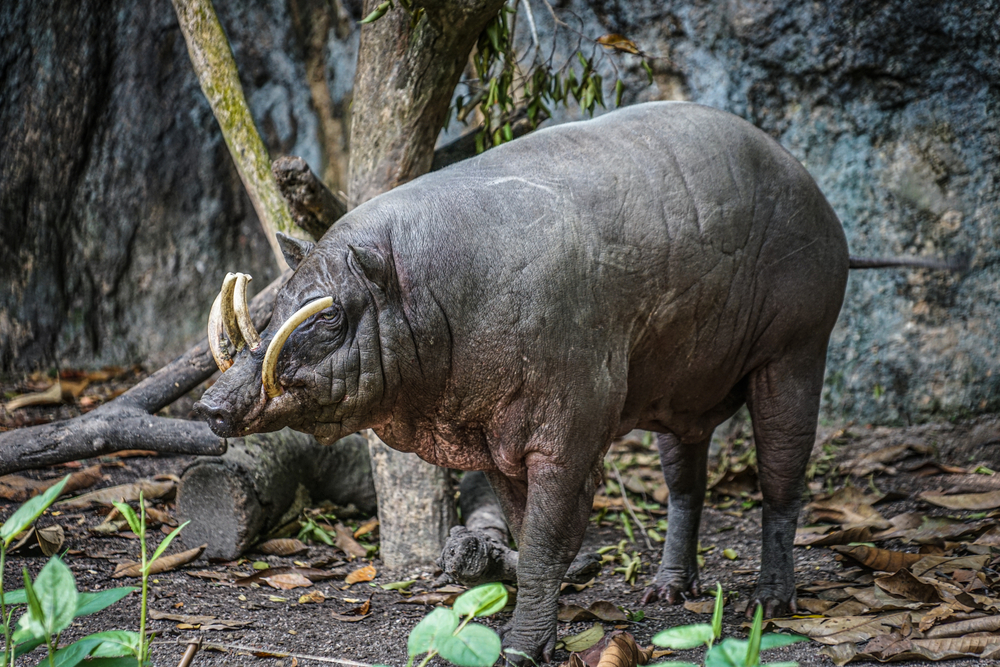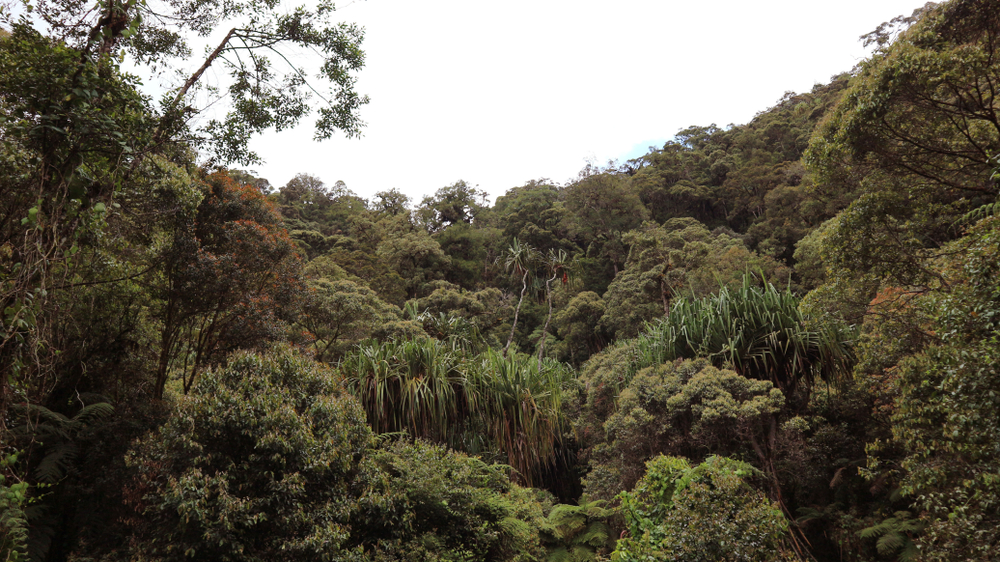Berbak Overview
Berbak National Park, known locally as Taman Nasional Berbak, is a remarkable ecological treasure located on the island of Sumatra, Indonesia. Spanning approximately 1,540 square miles (4,000 square kilometers), this park is situated in the provinces of Jambi and South Sumatra.
It is renowned for its vast peat swamp forests, which are among the largest and most intact in Southeast Asia. These peatlands play a crucial role in global carbon storage, making the park a significant player in the fight against climate change. The park also includes freshwater swamp forests, tidal forests, and lowland tropical rainforests, creating a mosaic of habitats that are vital for biodiversity conservation.
The terrain of Berbak National Park is dominated by flat and swampy lowlands, interspersed with rivers, lagoons, and seasonal floodplains. The Batang Hari River and its tributaries are major water sources, threading through the park and contributing to its lush wetlands.
The park’s dense vegetation includes towering dipterocarp trees, mangroves, and pandanus plants, with an undergrowth of ferns, orchids, and palms. These forests are lush, vibrant, and essential for the survival of countless species, some of which are endemic to the region.
Berbak National Park is a haven for wildlife, home to a plethora of rare and endangered species. The critically endangered Sumatran tiger roams its dense forests, while the elusive clouded leopard and sun bear also find refuge here. The park is teeming with other mammals such as tapirs, otters, and various species of monkeys, including the agile long-tailed macaque.
Bird enthusiasts are drawn to the park for its exceptional avian diversity. Over 250 bird species have been recorded, including the endangered white-winged duck, storm stork, and the regal rhinoceros hornbill. The wetlands attract migratory birds, making the park a vital waypoint in global flyways.
Popular features of the park include its extensive riverine landscapes, which are best explored by boat. Visitors often embark on guided river safaris to observe the park’s wildlife and immerse themselves in its serene environment.
The mangrove forests near the coast and the secluded peat swamps are particularly captivating, offering opportunities for nature photography and birdwatching. Conservationists and researchers also visit the park to study its unique ecosystems and contribute to its preservation efforts.
Visitors typically experience Berbak National Park through guided tours, either by riverboat or on foot along designated trails. The park’s remoteness adds to its allure, providing an escape into unspoiled wilderness. However, this remoteness also presents challenges in terms of accessibility and management. Illegal logging, deforestation, and land conversion for agriculture pose ongoing threats.
Despite these challenges, conservation efforts have seen successes, including strengthened patrols, community engagement programs, and collaborations with international organizations to restore degraded peatlands and combat illegal activities.
Berbak National Park is a living testament to the beauty and importance of Indonesia’s natural heritage, offering a sanctuary for wildlife and a glimpse into one of the planet’s most critical ecosystems.












































































